Additional information
| Child override Apply in a manner that will ensure even product distribution within the treatment area. Retreat areas if regrowth begins to appear or if seasonal control is desired. Repeating application of this product too soon after initial application may have no effect. Treatment of aquatic weeds and algae can result in oxygen loss from the decomposition of dead biomass. This oxygen loss can cause fish and invertebrate suffocation. To minimize this hazard, do not treat more than ½ of the water body and wait at least 14 days between treatments to avoid depletion of oxygen. Begin treatment along the shore and proceed outwards in bands to allow fish to move into untreated areas. Application of algaecides to high-density blooms of cyanobacteria can result in the release of intracellular contents into the water. Some of these intracellular compounds are known mammalian hepato- and nervous system toxins. Therefore, to minimize the risk of toxin leakage, manage cyanobacteria effectively in order to avoid applying this product when blooms of toxin-producing cyanobacteria are present at high density. Certain water conditions including low pH (≤6.5), low dissolved organic carbon (DOC) levels (3.0 mg/L or lower) and “soft” waters (i.e. alkalinity less than 50 mg/L) increases the potential acute toxicity to non-target aquatic organisms. The application rates on the label are appropriate for water with pH values > 6.5, DOC levels >3.0 mg/L, and alkalinity greater than 50 mg/L. Avoid treating waters with pH values <6.5, DOC levels <3.0 and alkalinity less than 50ppm (e.g., soft or acid water), as koi, trout and other sensitive species of fish may be killed under such conditions.
|
||||||||
| Child override MAXIMUM Dosage Rate by Volume
|
||||||||
| Child override |

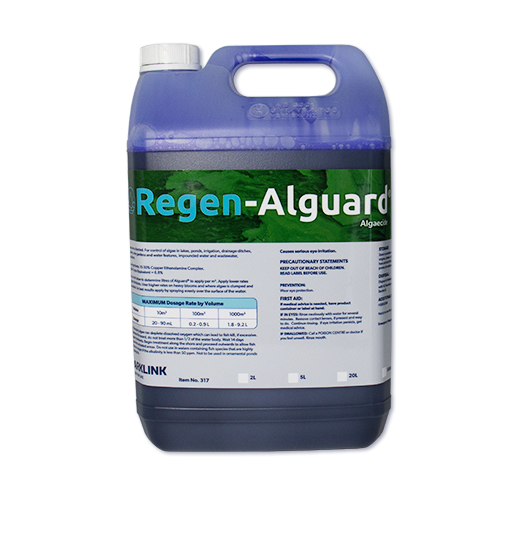
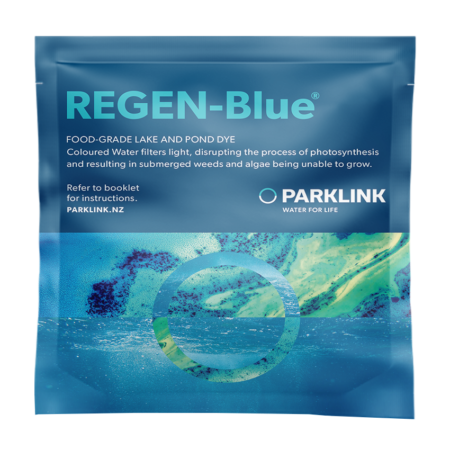
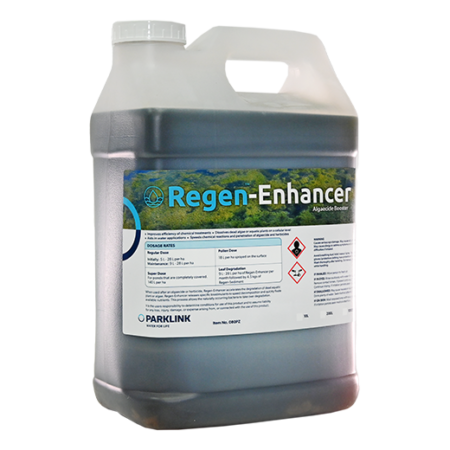
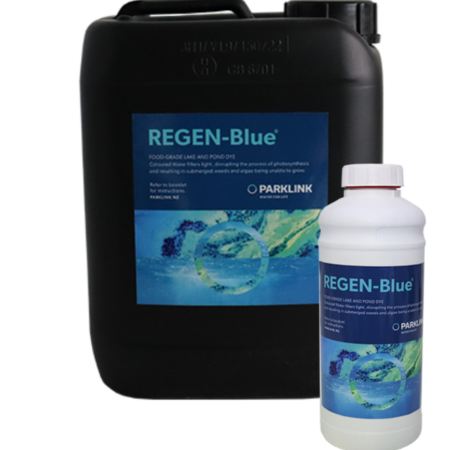
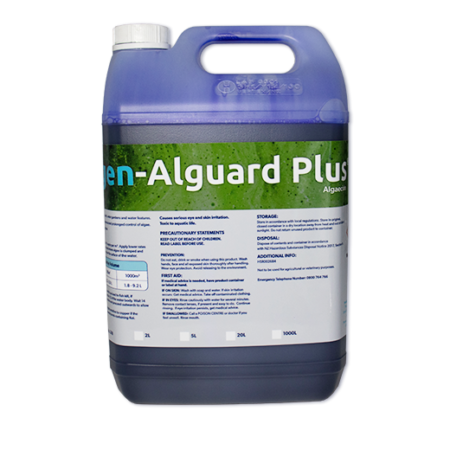
Reviews
There are no reviews yet.